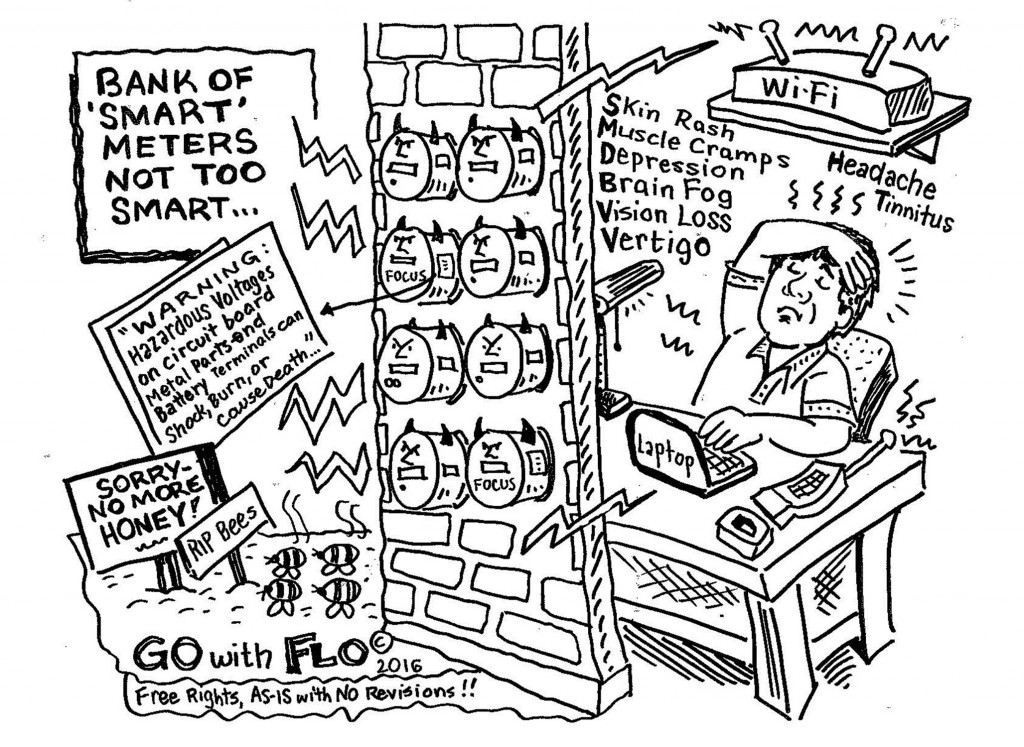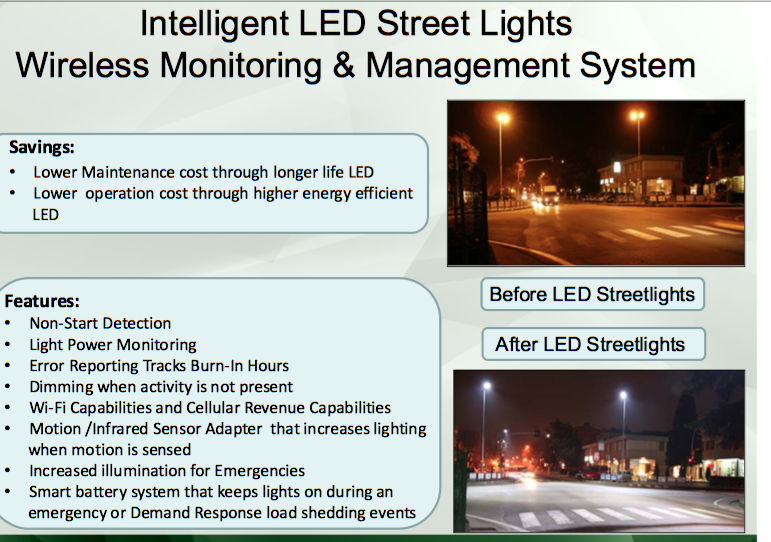 The state of New Hampshire established a legislative commission to study the environmental and health effects of 5G wireless technology in 2019. They recently completed their final report which includes 15 recommendations to raise awareness, educate, promote oversight, and reduce radiofrequency radiation (RF, also known as wireless).
The state of New Hampshire established a legislative commission to study the environmental and health effects of 5G wireless technology in 2019. They recently completed their final report which includes 15 recommendations to raise awareness, educate, promote oversight, and reduce radiofrequency radiation (RF, also known as wireless).
The commission met between September 2019 and October 2020 and included 13 members with backgrounds in physics, engineering electromagnetics, epidemiology, biostatistics, occupational health, toxicology, medicine, public health policy, business, law, and a representative from the wireless industry.
They were tasked with answering 8 questions which included: why the insurance industry has exclusions for RF damages; why cell phone manufacturers have legal advice warning about distance between cell phones and the body; why 1,000’s of peer-reviewed RF studies that show a wide range of health affects, including DNA damage, brain and heart tumors, infertility, and many other ailments, have been ignored by the Federal Communication Commission (FCC); why the FCC guidelines do not account for health effects of wireless; why the FCC RF limits are 100 times higher than other countries; why the FCC is ignoring the World Health Organization (WHO) classification of wireless as a possible carcinogen; why when the world’s leading scientists signed an appeal to protect public health from wireless radiation nothing has been done; and why the health effects of ever-growing numbers of pulse signals riding on the electromagnetic waves has not been explored.
Early on in their research the Commission learned that they could not discuss 5G without including all things wireless “…the Commission concluded that all things emitting radio frequency (RF) radiation needed to be considered together because of the interaction of all these waves.” At the heart of their discussion was whether or not RF affects humans, animals and nature. The introduction states:
There is mounting evidence that DNA damage can occur from radiation outside of the ionizing part of the spectrum.
The Commission heard from ten experts in physics, epidemiology, toxicology, and public policy. Everyone except the telecom representative acknowledged the large body of science showing RF-radiation emitted by wireless devices can effect humans, especially children, animals, insects, and plants.
The Commission endorsed 15 recommendations. “The objective of those recommendations is to bring about greater awareness of cell phone, wireless and 5G radiation health effects and to provide guidance to officials on steps and policies that can reduce public exposure.”
The following is a summary of their recommendations. Only exact wording is quoted and italicized. See their final report for exact wording for all their recommendations.
- Engage the US government to require the FCC to do an independent review of the RF standards and RF health risks;
- Require NH state agencies to include links on their website(s) about RF-radiation from all sources, including 5G, and showing how to minimize exposure, as well as public service announcements warning of RF health risks especially to pregnant women and children.
- Require eye-level signage for every 5G antenna in the public rights- of-way.
- “Schools and public libraries should migrate from RF wireless connections for computers, laptops, pads, and other devices, to hard- wired or optical connections within a five-year period starting when funding becomes available.” [please note, we support hard-wired connections, but as far as we know optical connections, such as Lifi, have not been proven safe. It is unfortunate that it’s included in this recommendation.]
- Collect signal strength measurements including worst-case conditions for all wireless facilities, including when changes are made, and make that information public. If measurements exceed radiation thresholds, the municipality can take the facility offline. Measurements taken by an independent contractor and the cost paid by the installer.
- Establish new protocols for measuring RF to better evaluate signal characteristics, taking into account the high-data-rate radiation known to be harmful to human health. Enable the summative effects of multiple radiation sources to be measured.
- Require that any new wireless antennae be set back from residences, businesses, and schools.
- Upgrade the educational offerings by the NH Office of Professional Licensure and Certification (OPLC) to include RF measurements.
- The State of New Hampshire should develope a continually updated map of RF exposure levels across the state.
- “Strongly recommend all new cell phones and all other wireless devices sold come equipped with updated software that can stop the phone from radiating when positioned against the body.”
- “Promote and adopt a statewide position that would strongly encourage moving forward with the deployment of fiber optic cable connectivity, internal wired connections, and optical wireless to serve all commercial and public properties statewide.”
- “Further basic science studies are needed in conjunction with the medical community outlining the characteristics of expressed clinical symptoms related to radio frequency radiation exposure.”
- “Recommend the use of exposure warning signs to be posted in commercial and public buildings. In addition, encourage commercial and public buildings, especially healthcare facilities, to establish RF-radiation free zones where employees and visitors can seek refuge from the effects of wireless RF emissions.”
- “The State of New Hampshire should engage agencies with appropriate scientific expertise, including ecological knowledge, to develop RF-radiation safety limits that will protect the trees, plants, birds, insects, and pollinators.”
- “The State of New Hampshire should engage our Federal Delegation to legislate that under the National Environmental Policy Act (NEPA) the FCC do an environmental impact statement as to the effect on New Hampshire and the country as a whole from the expansion of RF wireless technologies.”
This is a model of exemplary action by a state government. Please consider reading and sharing this landmark report with decision makers in your community and state in order to begin the reductions needed to protect people and nature from increasing exposure to RF radiation.
A minority report written by Senator James Gray, David Juvet (Business and Industry rep) and Bethanne Cooley (telecommunications rep) is included since they did not agree with the majority opinion. This minority report parrots the language of the telecommunications industry and exposes their agenda to ignore science and continue to confuse the public.
Special thanks to Cece Doucette, Theodora Scarato, the Environmental Health Trust, and the Senators, experts and committee members who collaborated on this important effort.




